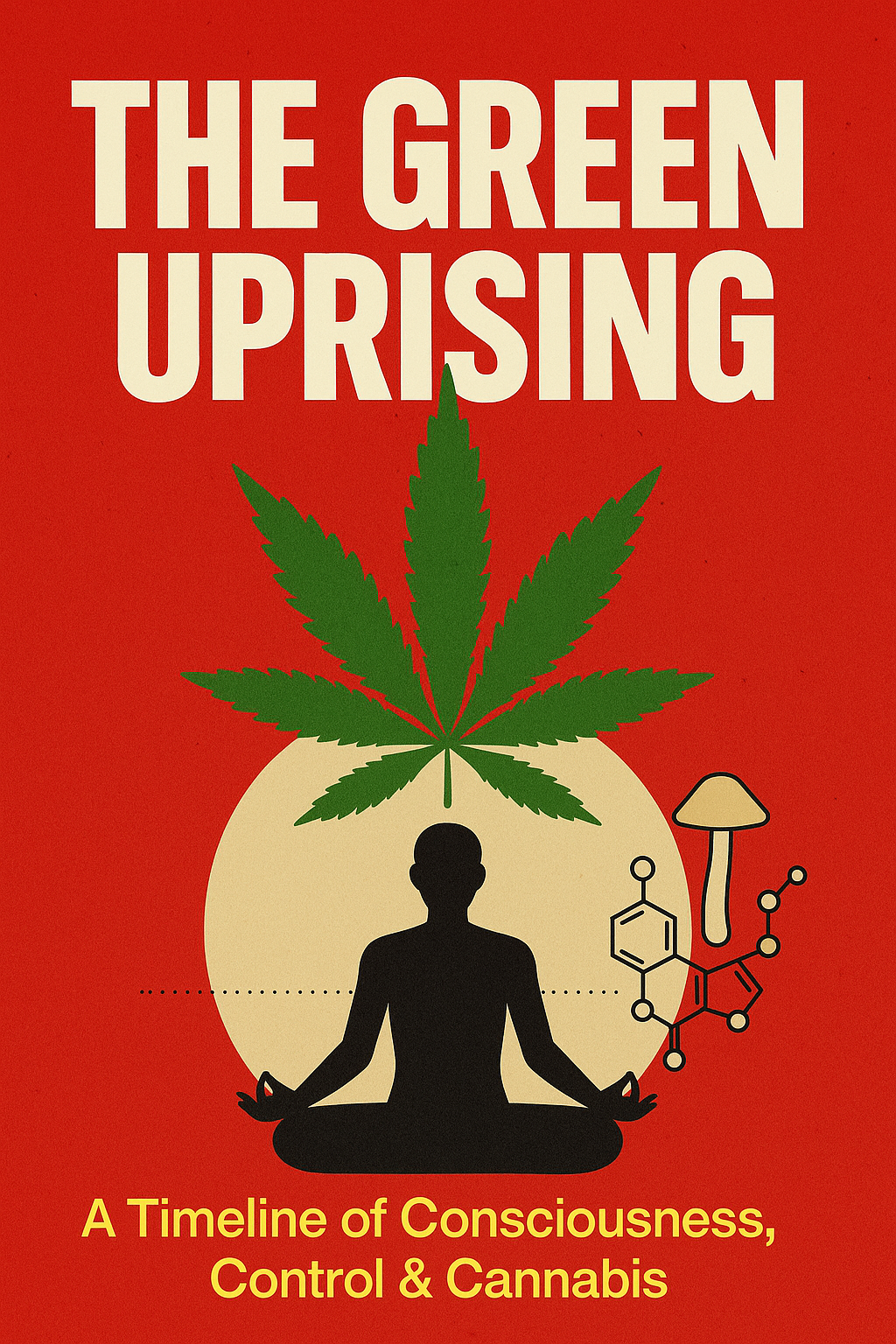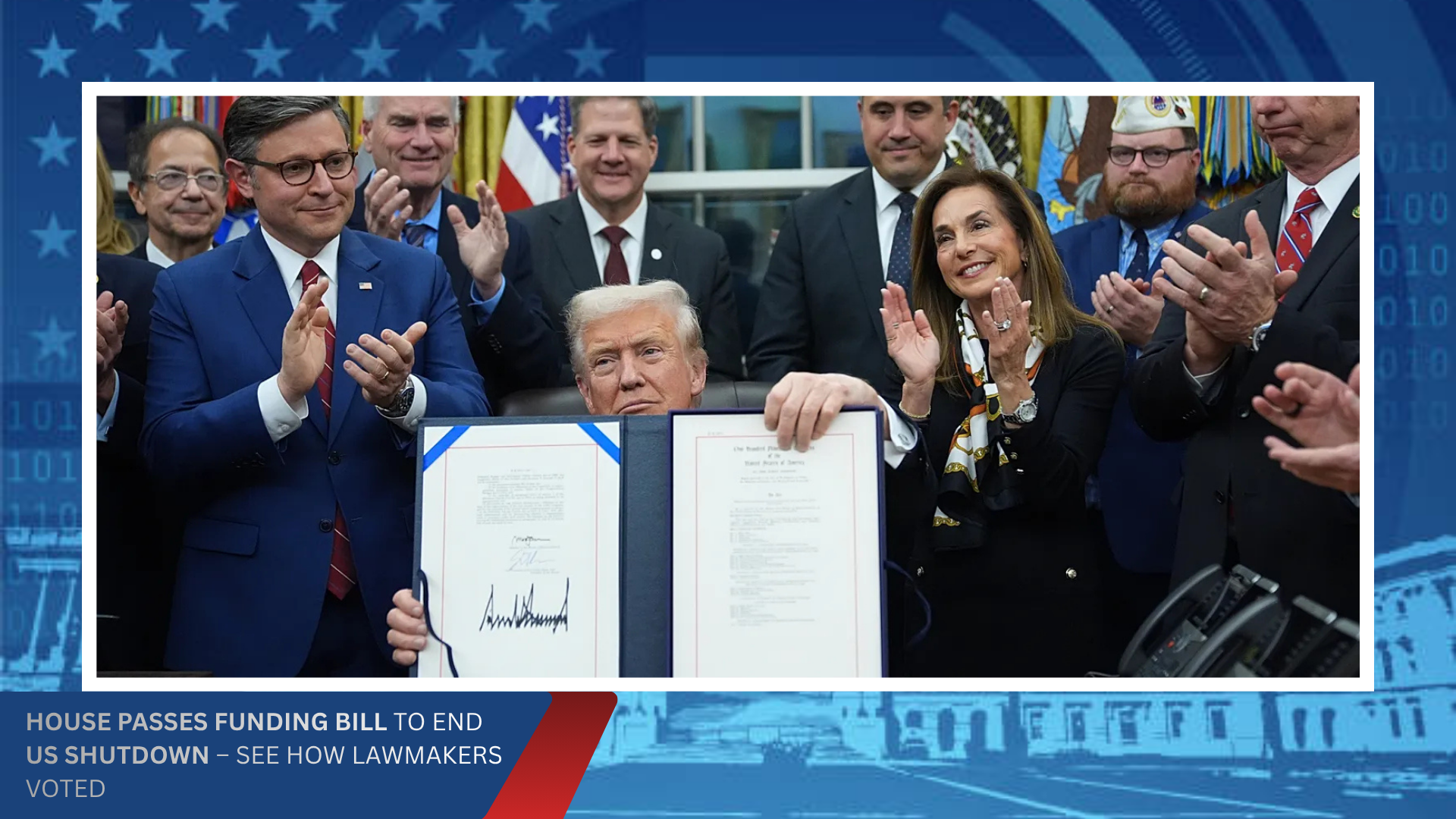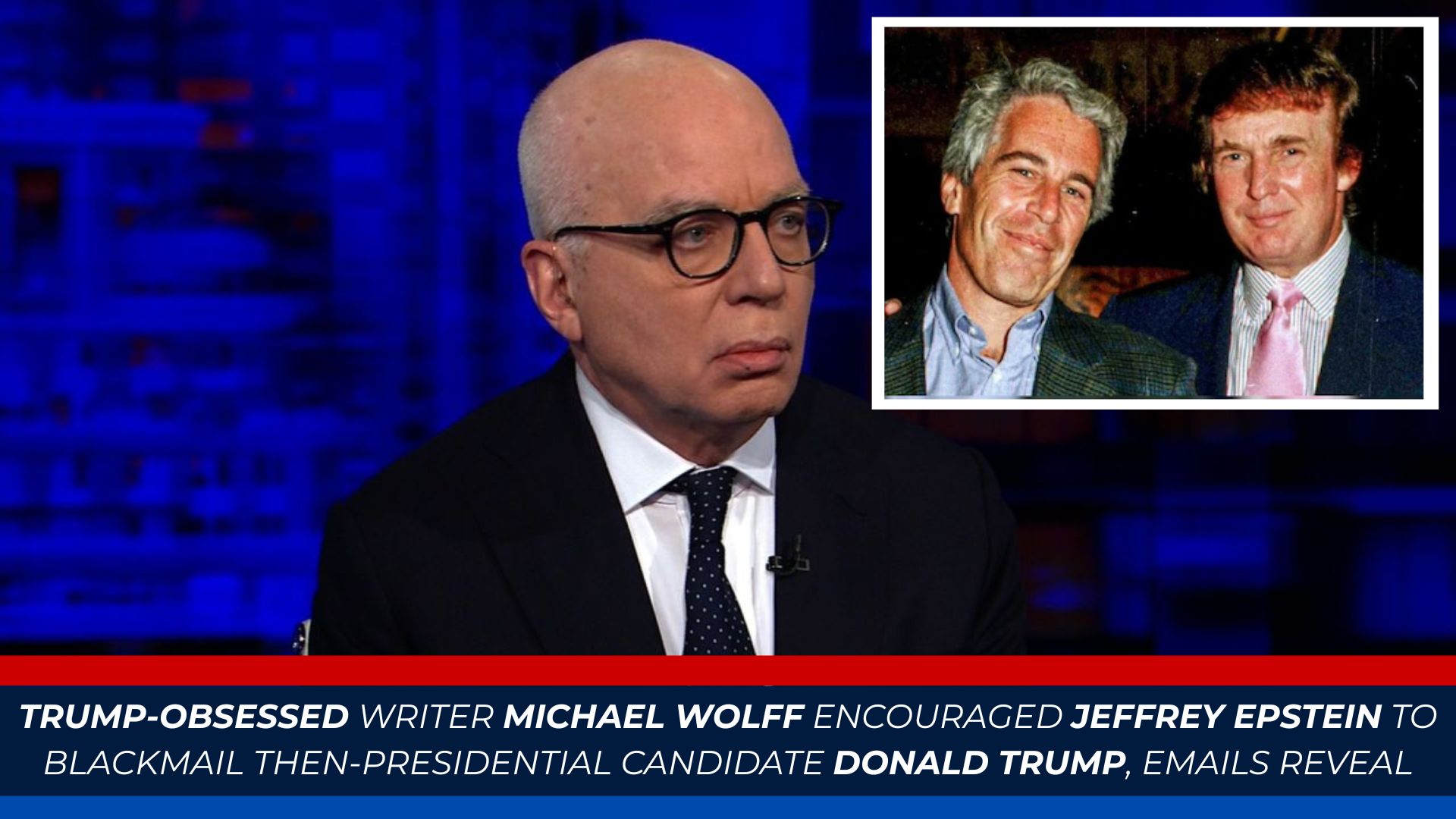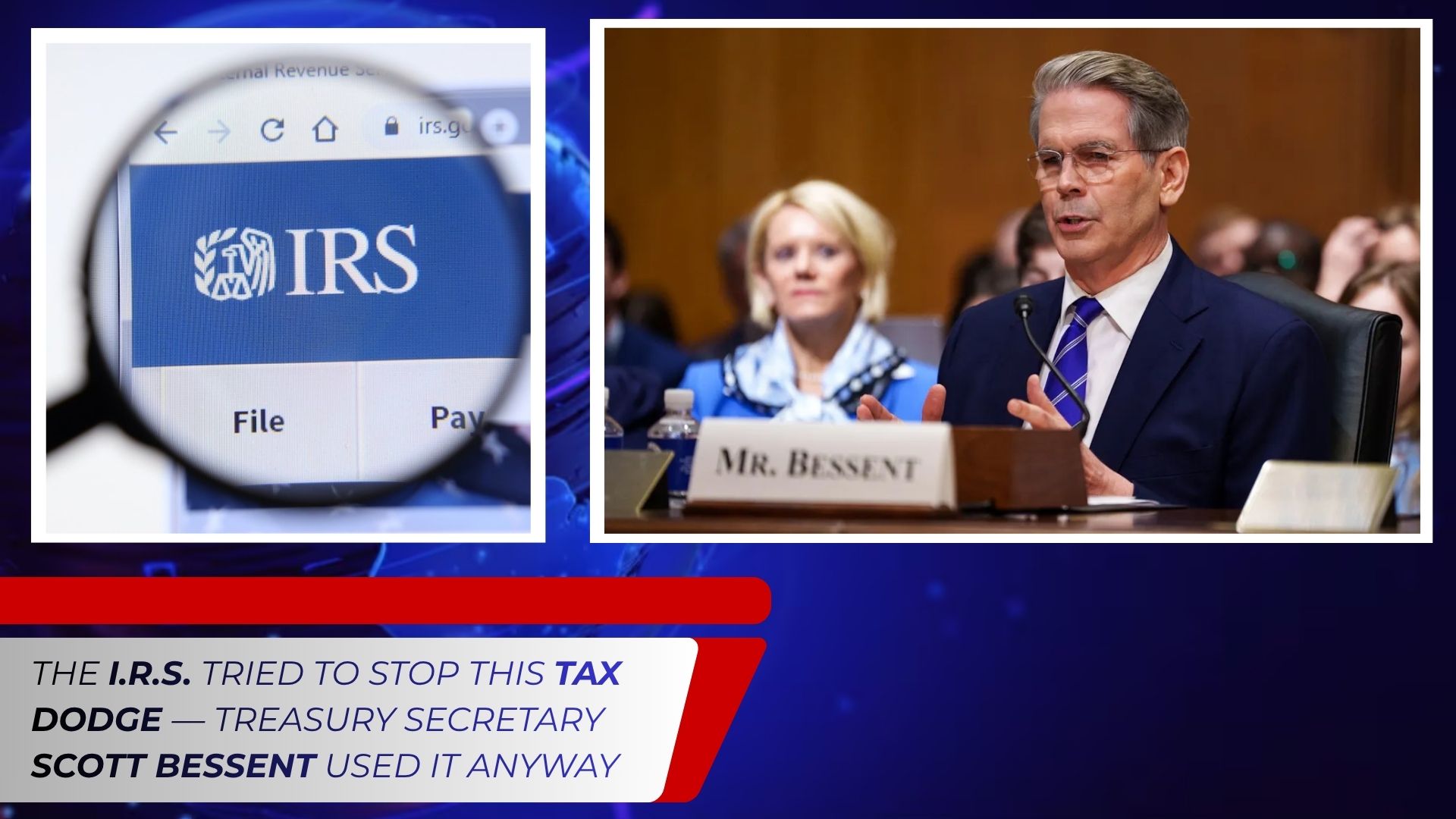The Green Uprising
How Cannabis and Psychedelics Are Redefining Medicine and Mental Health in America
By TIME Magazine Editorial | August 2025
Across the United States, a quiet revolution is reshaping wellness. Once whispered about in counterculture corners, cannabis and psychedelics are now entering mainstream conversations about health, healing, and human potential. The numbers don’t lie—legal cannabis sales surpassed $33 billion in 2023. Meanwhile, research institutions are publishing breakthrough studies showing psychedelics like psilocybin, LSD, and MDMA can dramatically treat depression, PTSD, and anxiety.
Yet this movement is not just about commerce or clinical trials. It’s about personal freedom, mental clarity, and cultural restoration. After decades of criminalization, fearmongering, and misinformation, Americans are revisiting ancient medicines once dismissed as dangerous. And they're finding hope where pharmaceutical giants offered only prescriptions.
Ancient Medicine, Modern Resistance
Humans have cultivated and consumed cannabis for over 5,000 years. In ancient China and India, it was used for pain relief, meditation, and inflammation. Indigenous cultures across the Americas used psychoactive plants for ceremony and healing. But in the 20th century, U.S. lawmakers—driven by political agendas and industrial interests—vilified these traditions.
The 1937 Marihuana Tax Act began a campaign of prohibition rooted not in science, but in race, economics, and control. When Nixon later declared the War on Drugs, he listed marijuana, LSD, and psilocybin as Schedule I substances—declaring them dangerous, addictive, and without medical value. Thousands were arrested. Research dried up. Ancestral wisdom was buried under stigma.
The Renaissance of Psychedelic Science
But science didn’t forget. In the 2000s, researchers began pushing back against outdated laws and launched controlled studies into psychedelic therapy. What they discovered was astonishing: A single psilocybin experience could relieve major depression. MDMA-assisted therapy helped patients with severe PTSD return to normal life. LSD showed promise in treating anxiety in terminally ill patients.
These treatments didn’t just reduce symptoms—they transformed lives. Unlike antidepressants, which require daily doses and often carry side effects, psychedelics offered healing through guided sessions, introspection, and emotional breakthroughs. The mainstream began to take notice. Veterans, trauma survivors, cancer patients—voices emerged saying: this saved me.
The Cannabis Revolution
Cannabis, meanwhile, re-entered the spotlight through a different door. Legalization began in California in 1996 with medical marijuana. By 2025, nearly 40 states have legalized it for medicinal or recreational use. CBD has become a staple in wellness shops. Microdosing, edibles, topicals, and concentrates have made cannabis a versatile wellness tool.
Today, cannabis isn’t just for stoners—it’s for moms, veterans, athletes, and entrepreneurs. Consumers use it for sleep, stress, focus, recovery, and relaxation. Its appeal is simple: it works, it’s natural, and it doesn’t come with the long list of pharmaceutical side effects.
Who Gets to Decide What Heals?
Behind this momentum lies a larger question: Who controls consciousness? For decades, the U.S. government dictated which states of mind were legal. Substances that sedated, dulled, or numbed the human spirit were approved. But those that opened, expanded, or awakened were outlawed.
That’s changing. Today’s movement isn’t only about legalization—it’s about sovereignty. The right to choose how we heal. The right to explore our own minds. The right to be free from institutional frameworks that profit from prolonged illness.
📅 Timeline: A History of Suppression and Awakening
A New Wellness Paradigm
America’s relationship with medicine is changing. While pharmaceuticals once dominated the conversation, many are now seeking alternatives rooted in nature, ritual, and consciousness. And for good reason—plant medicine doesn’t just treat symptoms. It reconnects people with their emotions, their bodies, and often, their purpose.
We’re witnessing a rebalancing. The overmedicalized, overstimulated, overly synthetic world is making room for mindfulness, simplicity, and depth. As psychedelics move through clinical trials and cannabis becomes a fixture in modern households, the definition of wellness is expanding.
The Road Ahead
The future isn’t about highs or hallucinations. It’s about healing—on our own terms. With respect for tradition, backed by science, and led by communities who’ve long known the power of these plants. The green uprising is not a rebellion. It’s a return. To self. To sovereignty. To truth.
As laws shift and access grows, the most important transformation will happen not in courts or clinics—but in hearts and minds. One breath, one ceremony, one breakthrough at a time.









